Places to see near Warangal
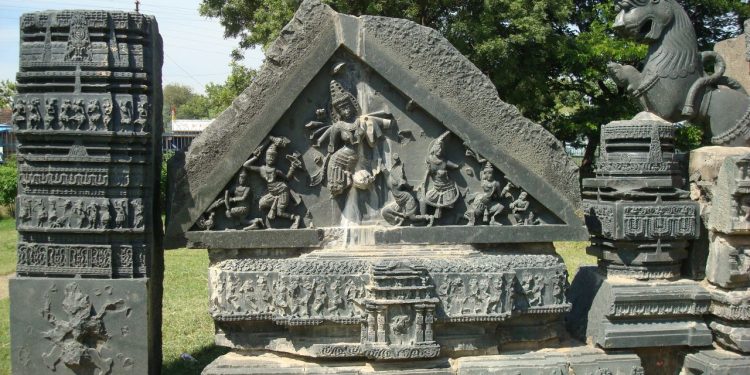
The journey became the destination. As we went on a road trip from Hyderabad to Warangal, we drove through different towns and villages and each one had a story. There are so many places to see near Warangal, starting from the recent UNESCO Heritage Site – Ramappa Temple to the Laknavaram Lake or Cheravu built by the Kakatiyas. There are 13 islands in Laknavaram Lake and it is surrounded by forests and waterfalls. Both Ramappa Temple and Laknavaram are barely 30 kms from each other and are some of the popular tourist places near Warangal.

Places to see near Warangal
You would need at least three days to explore some of the places near Warangal. While some of the tourist places near Warangal are en route Hyderabad and Warangal, others like Ramappa Temple are beyond the heritage towns of Hanamkonda and Warangal. The fort of Bhongir for instance which we discovered atop a hill was once the famous 10th-century Bhuvanagiri fort of the Western Chalukyas. A simple village, Kolanpuka was a capital town of the same dynasty and it housed a renovated 2000-year-old Jain temple, shimmering in marble. We drove on, crossing a bus of enthusiastic school children on an excursion, and stopped by at the cave temple, Yadavagirigutta. We met a few artisans at Pembarti village who showed us their brassware. Myths from the Ramayana flew past us as we crossed Jalgaon where Lord Rama had apparently killed Maricha, who was in the form of a deer. Here is a brief story on some of these amazing towns and villages and places to see near Warangal.

Bhongir – a forgotten fort
We had been on the road for about an hour from Hyderabad, whizzing past a montage of villages, and had crossed about 50 kms from the capital city of Telangana Warangal was another couple of hours away. A noisy town suddenly burst on the scene as our driver pulled inside a petrol bump. We got out to stretch a bit and that is when I saw it. Initially, it did not seem like one of the tourist places to see near Warangal, but eventually, I realized its significance.
In the beginning, it looked like just another hilltop. Then I could see a long stone wall carved out from the rock and a citadel on top caught my attention. It seemed to be looking down at the town it once protected. I was at Bhongir or Bhuvanagiri fort, earlier known as Tribhuvanagiri. Built in the 10th century by the Western Chalukya ruler, Thirubhuvanamalla Vikramaditya VI, the fortress has witnessed several wars and the beginning and the end of various dynasties. The Kakatiyas followed the Chalukyas . Then came the Delhi Sultans, the Nayaks, the Bahmini Sultans, the Vijayanagar kings, the Nizam, and the British. Finally, it became a sleepy fort, a curiosity for travellers like us, and eventually was lost even to the tourists. However, Bhongir is now emerging as one of the places to see near Warangal, worth visiting for its history.
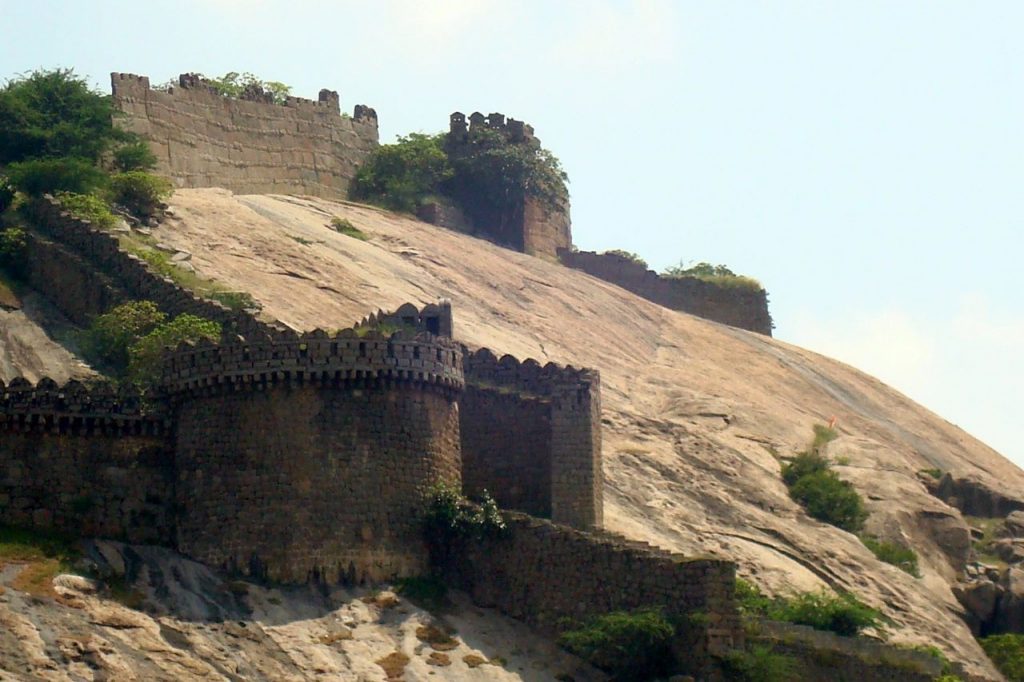
The fort was almost egg-shaped with two entry points guarded by boulders and rocks. The stone bastions and turrets stood menacingly against the blue sky. We saw a moat encircling the fort and small lotus pools carved in the rocks. There were stables and an armory as our driver pointed out the trap doors. We heard that the underground chambers and tunnels probably connected to Golconda fort as well. It was probably a prison as well .
The area around Warangal and Bhuvanagiri was then divided into smaller kingdoms ruled by different chieftains. During the reign of the Musuri Nayaks who ruled from Warangal in the 14th century, various clans of Nayaks were united to fight against the Delhi and Bahmani Sultans. Bhuvanagiri , now called Bhongir, located at Nalgonda district was then controlled by the Padma Nayaks and Recherala Velamas. Each ruler wanted to assert his independence and the unity among them was short-lived. Conspiracies amongst the various clans brought a bitter end as the battle of Bhuvangiri eventually saw the fort being overpowered by the Bahmani Sultans. The Nayaks of Bhuvanagiri who had allegedly connived with the Bahmani kingdom eventually became the vassals of the Sultans and ceded the fort to them.

The fort slowly lost its significance over a period of time and became a silent spectacle to the ravages of time. From a height of 500 feet, we looked down to see the town absorbed in its daily routine. The brilliant view from the citadel or Bala Hisar as it is called was obscured by the dust from the vehicles snaking down the road. The glory lost by the kings in pursuit of power still remains etched in the rocky gates and arches of the fort. We were lost in thought as we continued our journey looking for more places to see near Warangal.
Kolanupaka, an ancient capital
It is very easy to dismiss the dusty hamlet that you cross on a journey as just another of India’s villages. Silent and nondescript, it seems to have no identity except for a handful of people who live there and call it home. However, a stray temple or the broken remains of a fort tell a different story. We discovered one such insignificant village enroute to Warangal which turned out to be prominent town eons ago.
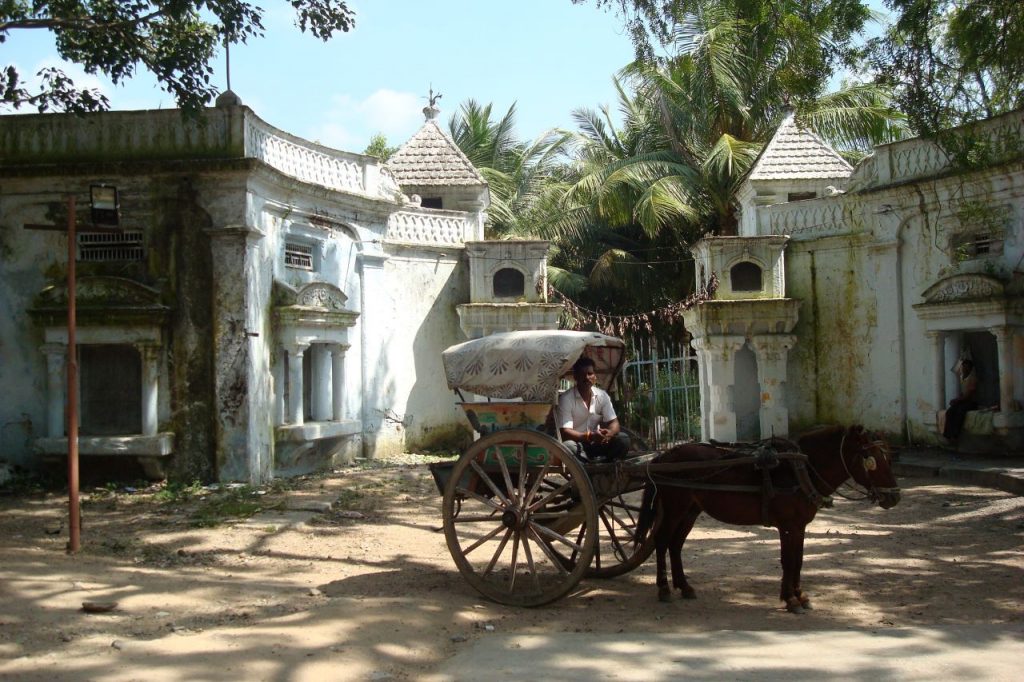
Kolanupaka came across as a village that could be pronounced easily, let alone it being on the map of any tourist. It was a hamlet which was 6 kms away from a town called Aler that I met on the way from Hyderabad and Warangal. My reason for going there was to visit a 2000-year-old Jain temple that made it one of the places to see near Warangal.
As we entered the village we saw the old fortifications. It was only when I stepped into the village that I heard of its legacy. Patronised by the Western or the Kalyani Chalukyas who made this town their second capital, this town continued to be under the Cholas and the Kakatiyas. Monuments and inscriptions indicated the patronage of these rulers. Culturally too, it was an important centre for Jainism and Veera Saivism in the 11th century. However, the town literally faded into oblivion except for a brief mention in the history texts when it played a prominent role during the Telangana revolution and the battle between the Nizams and the Telengana clans.

We went to the Jain Mahavira temple to find that it has been completely renovated. A few artisans from Rajasthan who were applying the finishing touches told us that photography was prohibited inside the temple. Sparkling in marble, the entire architecture style was probably changed except for the deities whom we were told were “ original.” Carved out of jade was the idol of Mahavira surrounded by the Tirthankaras. It is said that Kolanupaka is an ancient Jain centre, being associated with the first Tirthankara, Adinatha.
We left just a group of high school students who entered the temple. We moved over to the Someshwara and the Veeranarayana temples and the Kolanupaka museum where more than 100 sculptures and artifacts were exhibited by the ASI. The temples had unique sculptures as well – notable among them were a sandstone image of Hanuman along with granite idols of Ganesha and Karthikeya, Kodandarama, and Saraswati . Hero stones or veerakal were scattered in the courtyard.
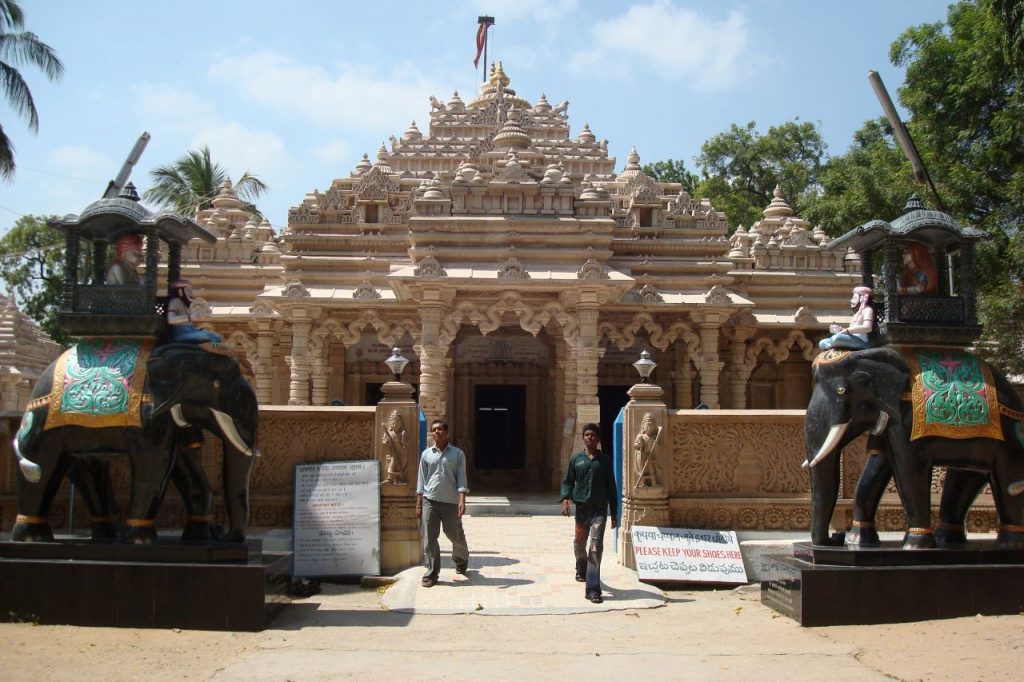
This was where we heard that the village was the birthplace of ‘Renukacharya’, a ‘Veera Saiva’ saint . The villagers even today believed that he was born from a ‘Svayambaghu Linga’ and he merged with it after preaching the doctrine.
We traced our way back to the highway, leaving behind a hamlet rich in myths and history, but obscure to many of us.
Kush Mahal, standing amidst Warangal Fort
The sun disappeared into a thick blanket of clouds as we reached the portals of the old Warangal fort. There was an unmistakable nip in the air. A lone pushcart was ahead of us as it entered the arches of the old Kakatiya capital. Driving around the old settlement, I was lost in an era that goes back to several centuries.
I took a deep breath as I looked at the remnants of the old Kakatiya fort. Surrounded by a green fabric, the ruins were spread in a vast expanse of land that looked like massive ground. The four Kirti Toranas or Pillars of Victory encircled the strewn sculptures. However our story was not about the Kakatiya monuments, but about a simple mahal that stood almost diagonally opposite the fort.
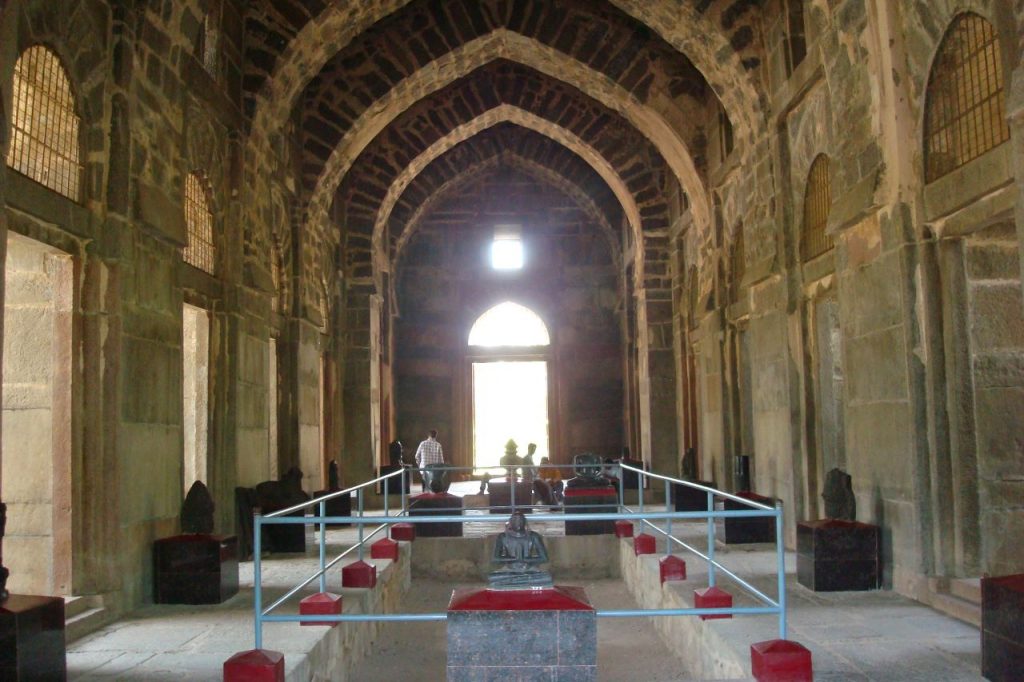
Built in the Indo Saracenic style in the 16th century, the Kush Mahal, one of the places to see near Warangal stood out amidst the ornate pillars and tall toranas that filled the old settlement. The obscure monument, which is now a museum was apparently built by the local governor, Shitab Khan, who captured the Warangal Fort from the Bahmani rulers. It was believed to have been built over a Kakatiya palace and was probably used as an audience hall. It had become a repository of idols excavated from the area.
I was however taken in by the story of Shitab Khan, who was born as a Hindu, Sitapati Raju. He joined the army of the Bahmani Sultans who invaded Warangal in the 14th century and eventually rebelled against them when the Sultanate split into smaller kingdoms. He took over the reins of Warangal from the Bahmani kings but was eventually defeated by the founder of the Qutub Shahi dynasty, Quli Qutub Shah who had also established a separate kingdom in Golconda. While Shitab Khan had apparently escaped to Odisha, he left behind inscriptions in and around Warangal that spoke of his legacy.
I climbed atop the Mahal and took in the entire view. Kush Mahal might probably be the only surviving royal monument of that period that was built in this style here. Although an inscription spoke of Shitab Khan‘s rule at the entrance, the sloping walls of the Mahal suggested that it might have been built around the 14th century, during Mohammed Bin Tughlaq’s reign. The huge hall was filled with some broken idols from Hindu and Jain temples. The most beautiful part of the mahal was however the wall panels.
The silence in the old town echoed in my head as I walked around. Like several other monuments tucked away in lost towns and hamlets, this too had seen the ravages of time.
These were just some of the beautiful places to see near Warangal which had so much history and mystery around them. Have you been to Warangal and explored some of the tourist places near Warangal?
